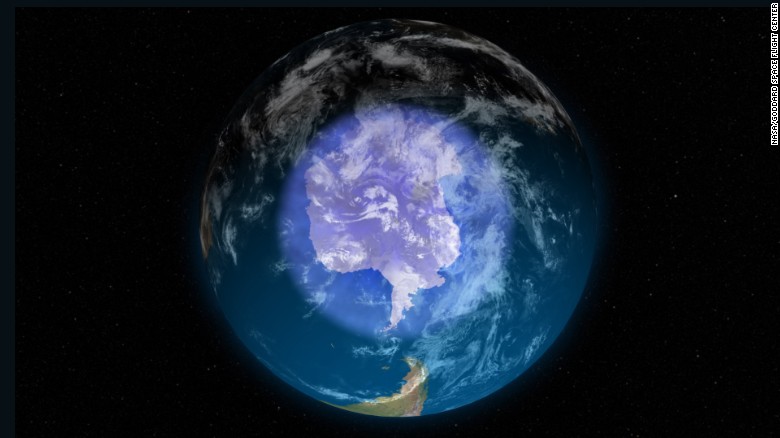
Anja Schmidt is Academic Research Fellow in Volcanic Impacts and Hazards, University of Leeds. Ryan Neely is Lecturer in Observational Atmospheric Science, University of Leeds. CNN is showcasing the work of The Conversation, a collaboration between journalists and academics to provide news analysis and commentary. The content is produced solely by The Conversation. The views expressed in this commentary are solely those of the authors.
(CNN)The hole in the ozone layer was first discovered in 1985 by scientists from the British Antarctic Survey, who described how ozone levels above the Antarctic were steadily dropping compared to the previous decade. This was quickly recognised as a severe environmental problem -- and the culprit was identified as the unchecked use of chlorofluorocarbons, or CFCs.
Soon after, the Montreal Protocol banning the use of CFCs was signed and came into effect in 1989. Now, 27 years later, we have published evidence that shows the ozone hole is beginning to close.
No comments:
Post a Comment